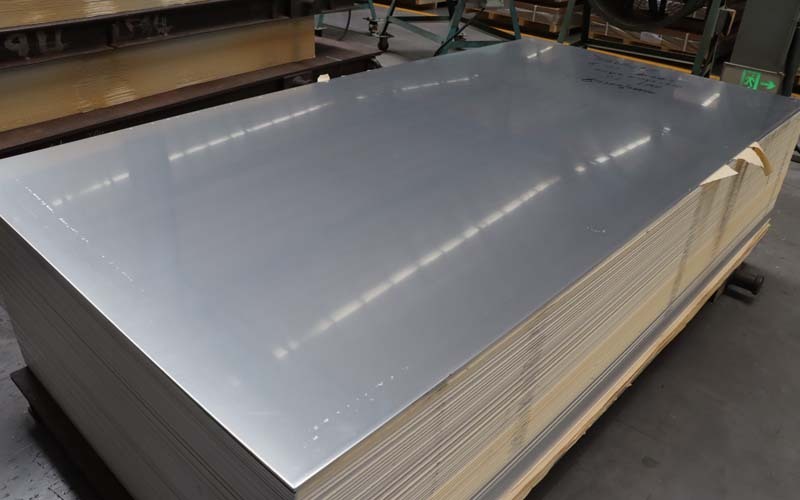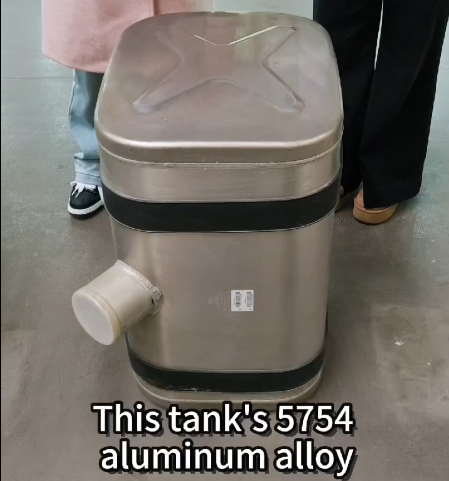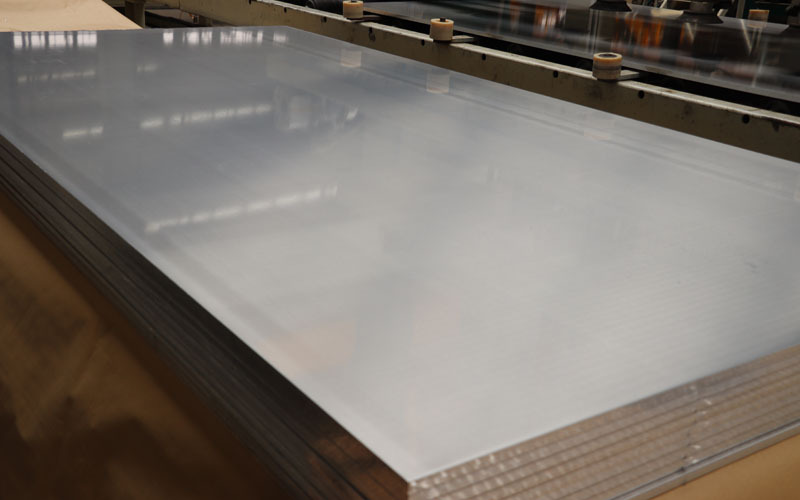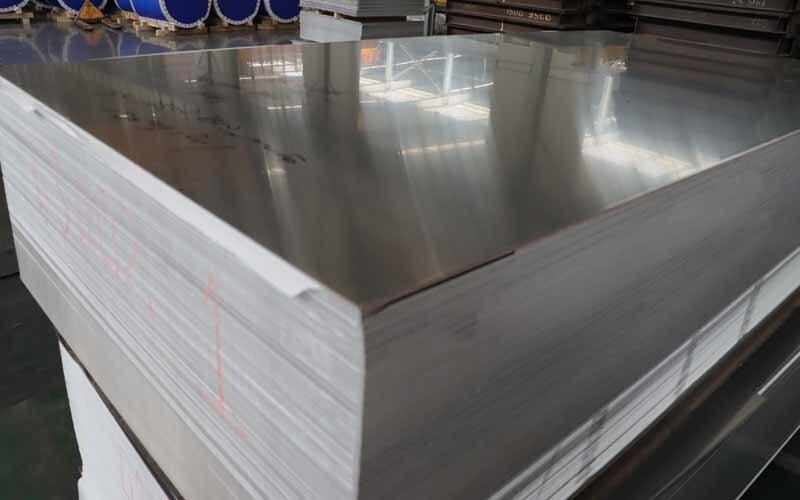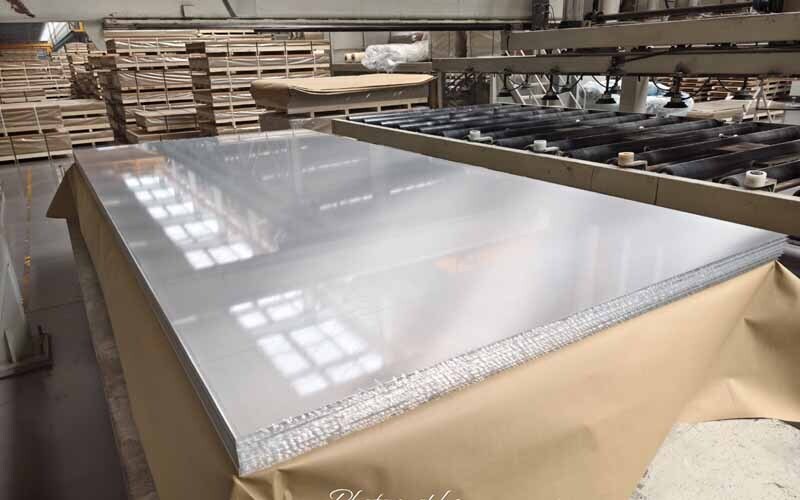
Ⅰ. the material performance advantage analysis
a) High strength load-bearing capacity
With aluminum alloy, tensile strength up to 300MPa or more, thickness range 0.8-3mm can be customized to carry heavy equipment transport vibration impact. Compared with the traditional steel weight reduction of 39%, reducing the weight of the vehicle, thus reducing the fuel consumption of the vehicle.
b) All-weather corrosion-resistant design
The surface is anodized or fluorocarbon sprayed, adapting to extreme environments such as Canadian snowmelt and coastal salt spray, with a service life of over 15 years. The actual test cases in Quebec show that the aluminum bridge deck has no deformation under the temperature difference from -30℃ to 50℃.
c) Composite structure optimization
Adopting “sandwich + broken bridge aluminum keel” design:
Outer layer: 1.2mm anti-scratch aluminum sheet
Middle layer: polyurethane/PVC foam core (heat insulation coefficient ≤ 0.022W/m-K)
Inner layer: 0.6mm fireproof aluminum foil
Realize the triple protection of heat preservation, noise reduction and fire prevention.

Ⅱ. Main application scenarios and purchase guide
a) Transportation industry adaptation program
Logistics semi-trailer: recommended 2.5mm thickened plate, suitable for equipping 40 feet standard cargo box.
Caravan modification: preferred non-slip aluminum plate with three-dimensional embossed texture, also called aluminum pattern plate.
Specialty equipment: customized reinforced skeleton structure is required (e.g. oilfield equipment transporter).
b) Key indicators for supplier selection
Certification qualification: ISO/CE certification is required
Process standards: laser cutting precision error ≤ 0.5mm, 100% coverage of sealant at the weld
Ⅲ. the industry development trend forward-looking
a) Policy Driven
Canada's federal “Aluminum Revitalization Plan” requires that the use of aluminum in the field of transportation be increased to 60% by 2030, and the procurement of local enterprise products can enjoy 15% tax credit.
b) Technological innovation direction
Aluminum foam composite material: energy absorption performance increased by 30%, has been used in crash beams and other safety components.
Intelligent temperature control panels: built-in carbon fiber heating layer to solve the problem of icing of the box in extremely cold areas
Summary: Canadian high-strength aluminum trailer siding is rapidly replacing traditional steel by virtue of its lightweight, weather-resistant and low comprehensive cost. It is recommended to focus on the three dimensions of sandwich process, localized production capacity and environmental certification when purchasing.
